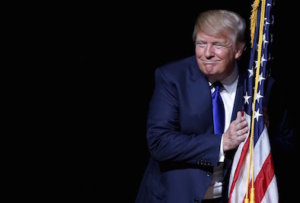I got a tiny glimpse of how this one man had almost single-handedly reconstructed the quantitative dimensions of Australian economic history and built a thriving scholarly community of economic historians on the Australian continent. My research on money and finance was not exactly his intellectual passion, but he was at least tolerant of those of us who work on such esoterica.
As we meet here today, the dollar is very much in the news, and not all that news is good. The Fed’s decision late last year to engage in a second round of quantitative easing is seen by some, in emerging markets in particular, as an attempt to debase, or devalue, the greenback. A mounting public debt raises worries that the Fed, concerned for the impact of higher interest rates on the debt-servicing burden of the federal government, will hesitate to raise its policy rate if and when inflationary pressures eventually intensify. Inadvertently it will end up inflating away the federal government debt. Gold prices continue to scale new heights, signaling – how should I put it politely? – less than full confidence in the dollar.


